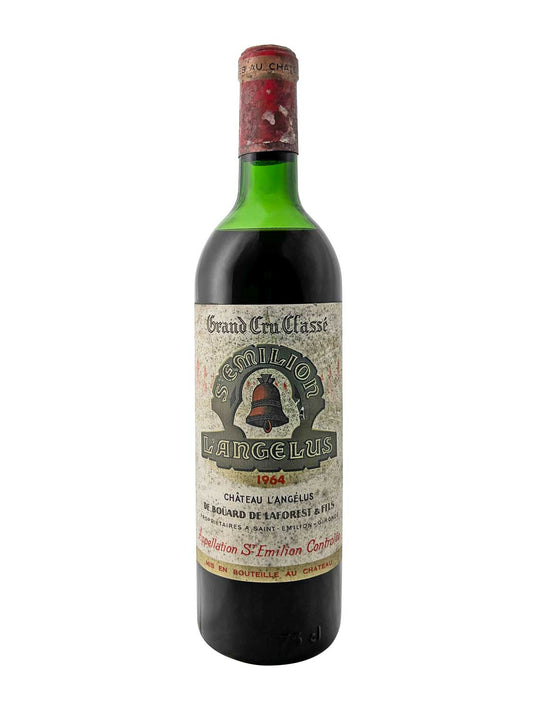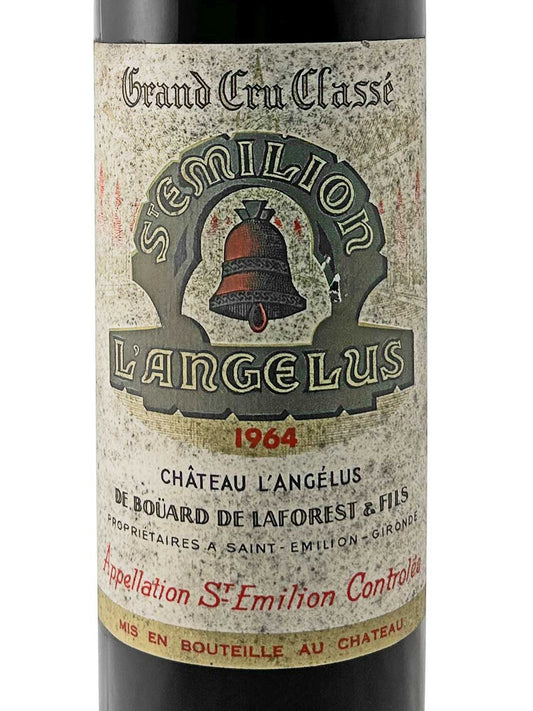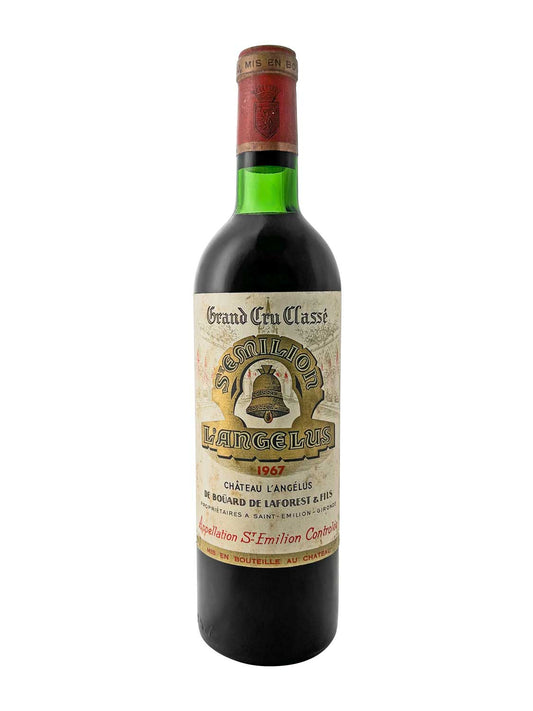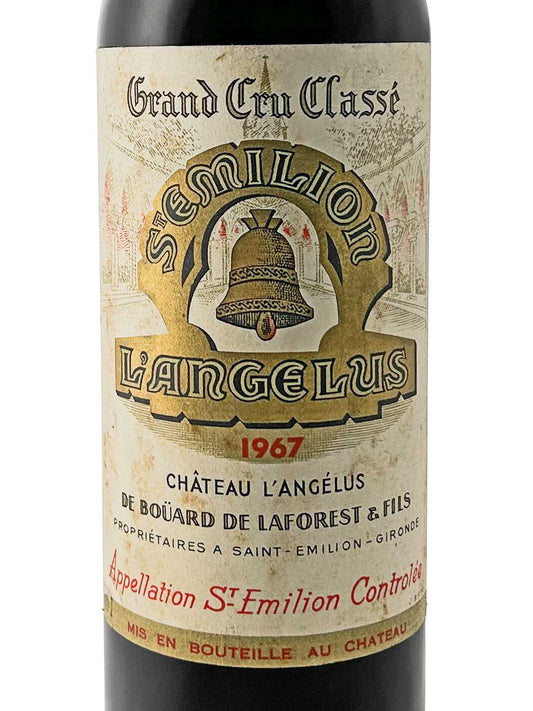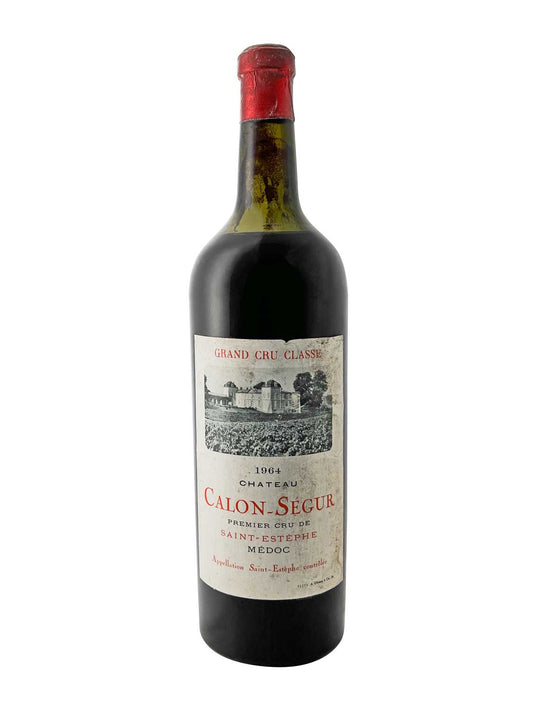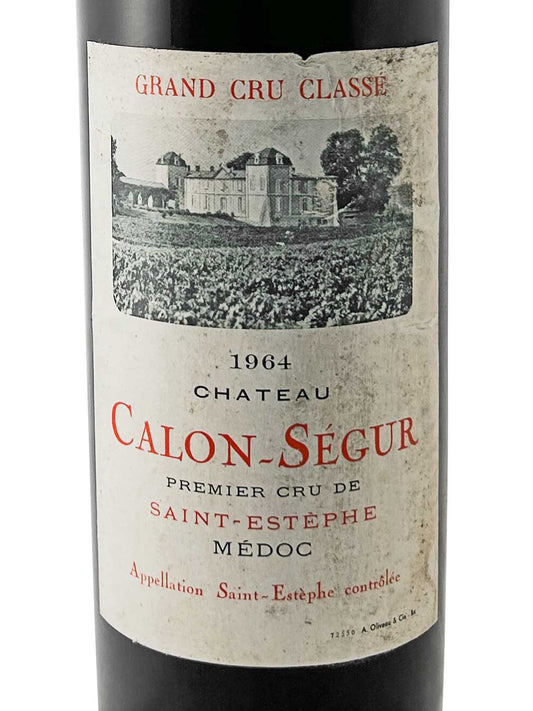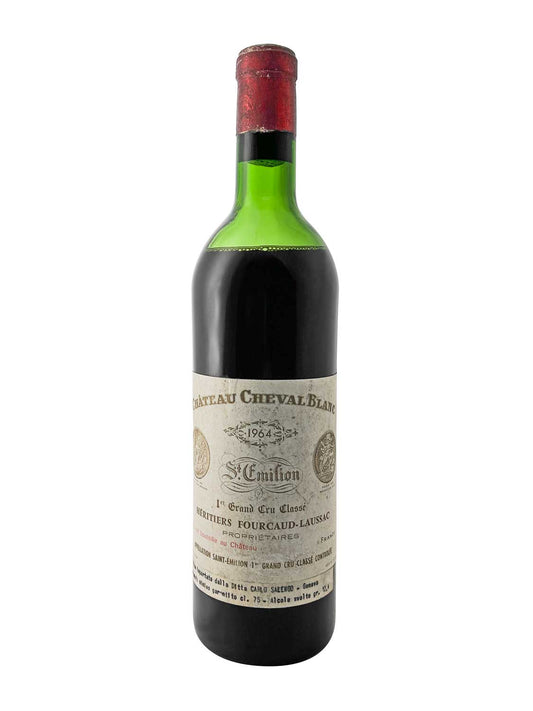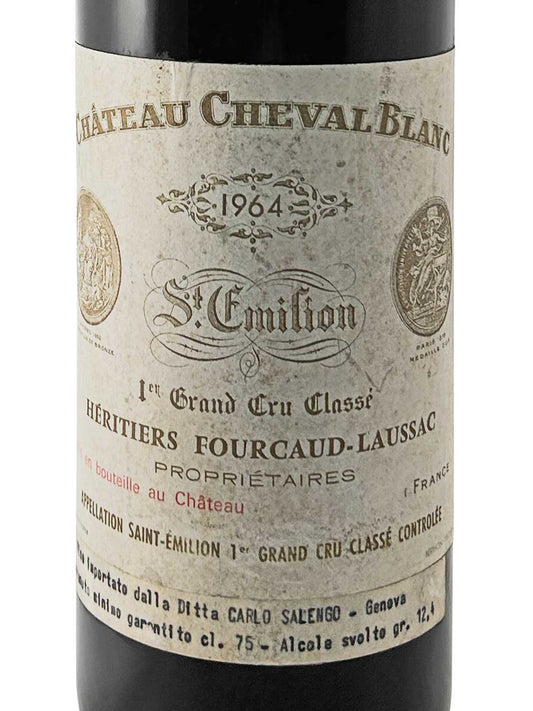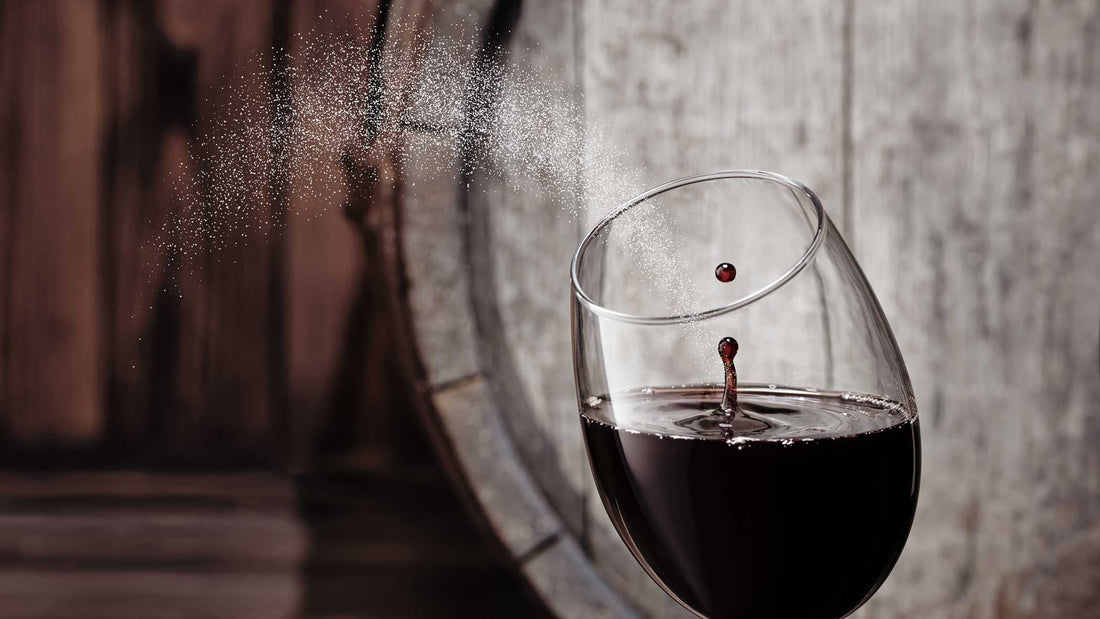
Chaptalization in viticulture - But what is it?
Everything you need to know about adding sugar to wine
Chaptalization is a controversial and often-discussed practice in viticulture that has played a significant role both in the past and today. It involves the addition of sugar during winemaking to increase the alcohol content and improve the quality of the wine. In this blog post, you'll learn everything you need to know about chaptalization: what it is, why it's used, in which countries it's permitted or prohibited, and its advantages and disadvantages. We also offer tips for wine collectors on what to look for when purchasing chaptalized wines.
1. What is chaptalization?
The term "chaptalization" comes from the French chemist Jean-Antoine Chaptal (1756–1832), who popularized this practice in the 19th century. It involves the deliberate addition of refined sugar (usually glucose or sucrose) during fermentation to increase the alcohol content of the wine.
The goal of chaptalization is to balance or increase the natural sugar content of the grapes, especially in years with bad weather or unfavorable growing conditions. The additional sugar allows the yeast to produce more alcohol, resulting in a fuller, more balanced wine.

2. Why is chaptalization used?
The main reasons for using chaptalization are:
Unfavorable weather conditions: In cool or rainy years, grapes often don't ripen fully and contain less sugar. Without the addition of sugar, the resulting wine would have a low alcohol content.
Maintaining quality standards: In some regions, a minimum alcohol content is legally required. To meet these requirements, winemakers resort to chaptalization.
Compensation for yield losses: In cases of poor harvests or disease, grapes may contain less sugar; in these cases, adding sugar helps to achieve the desired alcohol content.
Traditional practice in certain countries: In countries such as France (e.g. Bordeaux), Germany and Austria, chaptalization has long been established and legally regulated.
3. Is chaptalization legal? Country-specific regulations
The admissibility of chaptalization varies greatly depending on the country and region:
a) France

In France, chaptalization is permitted in certain appellations, but is strictly regulated. The regulations stipulate:
- The maximum amount of sugar that may be added.
- The conditions under which it may be used (e.g. in case of insufficient ripeness).
- The documentation and labeling requirements.
In some French regions, such as the Bordeaux region, the practice is permitted, while in others, such as Champagne, it is prohibited.
Also read: What quality levels are there for wine?
b) Germany
In Germany, chaptalization is generally permitted, but only under certain conditions and with approval from the wine authority. There are clear limits regarding the maximum permissible amount of sugar.
c) Austria
The addition of sugar is also permitted in Austria, but only in certain quality wine categories and under strict conditions.
d) Italy
Italian wines may also be chaptalized, especially for simple mass-produced wines; this is usually prohibited for high-quality DOCG wines.
e) USA
In the USA, the addition of sugar in viticulture is generally permitted; there are no nationwide restrictions.
4. How does chaptalization work?

The process of adding sugar usually takes place before the start of fermentation:
Addition of sugar: The winemaker adds a certain amount of refined sugar to the must (grape must).
Fermentation: The yeast converts the sugar into alcohol and carbon dioxide.
Control: The winemaker closely monitors the fermentation process to achieve the desired alcohol content.
It is important to accurately document the amount of sugar added and the time of addition.
5. Advantages of chaptalization
The practice offers several advantages:
Increasing the alcohol content: For wines with a harmonious taste and pleasant texture.
Quality improvement: Full-bodied wines with a balanced body can be produced.

Avoiding inferior wines: By increasing the alcohol content, a weak vintage can still be made marketable.
Compliance with legal requirements: In the case of minimum alcohol limits, it protects against legal consequences.
6. Criticism and disadvantages of chaptalization
Despite their advantages, there are also critical voices:
Adulteration of the terroir: Critics argue that adding sugar distorts the natural expression of the vineyard.
Also read: Rudy Kurniawan and the world of wine counterfeiting
Loss of authenticity: Some consumers appreciate wines without additives – with chaptalized wines there is a risk of deception.
Quality discussion: Excessive use can lead to inferior grapes being “pimped up” with sugar.
Health concerns: Although pure sugar is used, excessive use poses the risk of an unhealthy diet.
7. How do you recognize a chaptalized wine?

Since the addition of sugar is regulated by law and must be documented, chaptalized wines are usually marked or distinguishable by their origin:
In some countries, winemakers must indicate on the label whether sugar has been added.
For wines from regions with strict regulations (e.g. France Bordeaux), conclusions can be drawn based on the vintage and the taste profile.
Read also: Wine counterfeiting – the dark side of a wine collection
For wine collectors, if you want to buy a full-bodied wine from a cooler climate—especially Germany or France—there is a higher probability of possible chaptalization.
Conclusion: Should you avoid chaptalized wines?
Whether you should purchase chaptalized wine for your wine collection depends on your personal preferences:
If you value authentic terroir wines – those whose taste and character are directly influenced by the soil and climate – you might consciously decide against chaptalized products.
For lovers of full-bodied wines with higher alcohol content, chaptalized wines are certainly an option – provided they come from trustworthy sources.
It is always important to inform yourself about the origin and production method of the wine when purchasing it.

